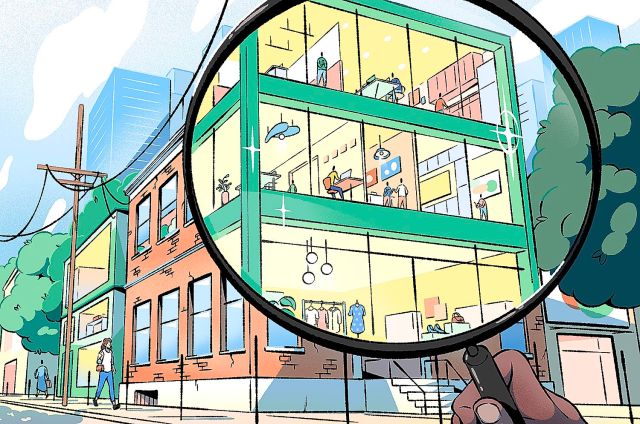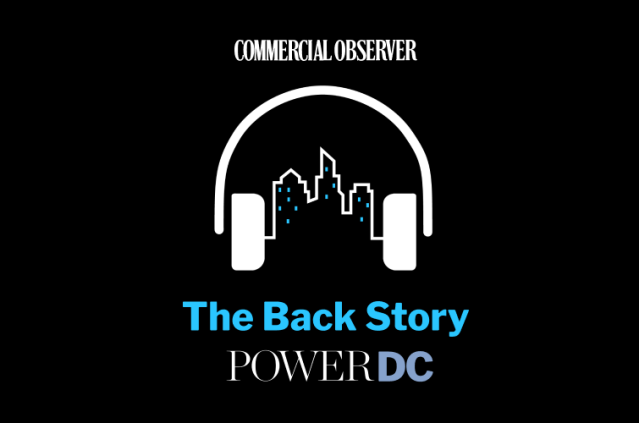Who holds the power, and why, in a capital region beset by post-pandemic challenges.

Change is never easy, but it’s the nature of life, and D.C. is certainly going through a transition period. While remote work has hit the city’s downtown core especially hard, with office vacancy at historic peaks, the region’s network of diverse outer neighborhoods has recovered, and each is evolving in new ways.
Across the region, population has rebounded, restaurants are opening, streets are fuller, and there’s no question that the unique mix of institutions in the area — the federal government and its many tentacles, including law firms and lobbyists, and top-level universities and hospitals, along with their ecosystems — will continue to draw talent, jobs and, by extension, real estate investment.
The question is: Who is well positioned to navigate and perhaps benefit from the seismic changes to the office sector and the capital markets? That’s the focus of this year’s Power D.C. list. We have owners and developers who are creating megaprojects anchored by in-demand multifamily and retail, or are utilizing the displacement in office to their advantage, either by converting office to residential or building office product that continues to draw tenants.
Not to mention the thriving data center sector and incredibly tight warehouse one, particularly in Northern Virginia where there’s a scarcity of developable land and ceaselessly rapacious demand for industrial space.
Amazon’s HQ2 exemplifies this double-edged sword. Its first phase opened in June, a reminder that the office is not going anywhere and neither are office workers; but the firm announced that it was pausing to recalculate before continuing with its second phase, acknowledging that the times, they are a-changin’ (or have changed).
And that could be a good thing. A good shuffle of the cards means it could be someone else’s turn to be on the top. Or 25 someones.














